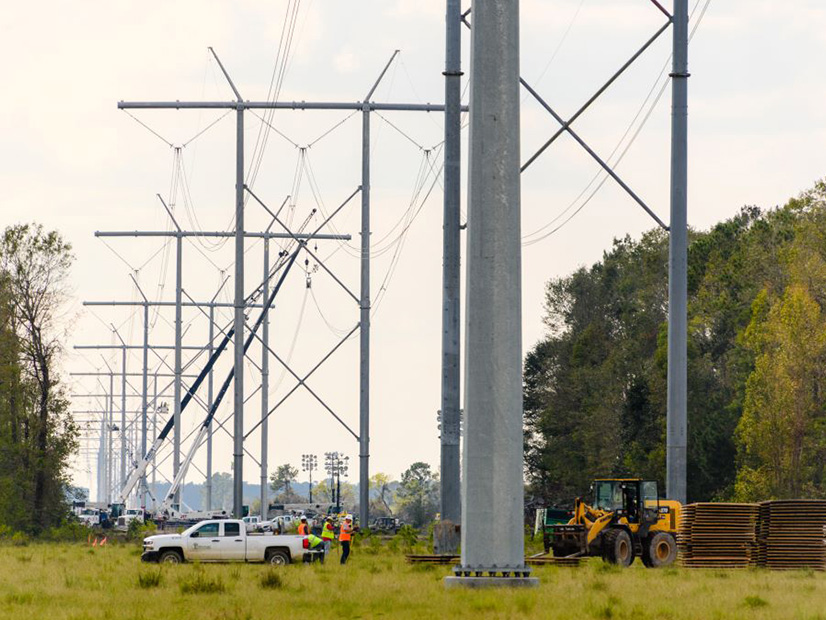State regulators from MISO South have publicly opposed a “postage stamp” cost allocation design, potentially setting the stage for a showdown between them and RTO planners preparing a third portfolio of long-range transmission projects.
The Entergy Regional State Committee (E-RSC) on June 30 adopted a resolution denouncing any use of postage stamp rates — in which costs are allocated across an entire footprint based on transmission customers’ load-ratio shares — to pay for the third of four iterations of MISO’s long-range transmission planning (LRTP).
Last month, MISO suggested eschewing a total subregional postage stamp design in favor of a half-subregional, half-zonal cost-sharing plan as it prepares to assemble a third LRTP portfolio that concentrates for the first time on the MISO South region. (See MISO Suggests Changing Cost Allocation for South Projects.)
But the E-RSC — which comprises the public utility commissions of Texas, Arkansas, Mississippi and Louisiana, as well as the New Orleans City Council, each of which regulates entities in one of the five cost allocation zones in MISO South — said any use of a postage stamp allocation is unacceptable. It called for “cost-causation and beneficiary-pays principles” and said parties who “receive negligible or negative benefits” should not owe anything.
For the third cycle of LRTP, “not all retail jurisdictions and loads are likely to be equal cost causers and beneficiaries,” the E-RSC said. A postage stamp design will “not align LRTP-related costs with the expected beneficiaries.” MISO should consider assigning costs to interconnecting generators that will benefit from LRTP lines through reduced network upgrade costs, it said.
The resolution called upon MISO to develop an allocation that metes out costs “based only on accurate, objective, measurable, quantifiable, non-duplicative, forward-looking and replicable metrics that are supported by data” to protect consumers. MISO’s design should be shaped by benefit ideas from MISO South regulators and stakeholders, and each LRTP project should be able to pass a benefit-cost analysis on a stand-alone basis, as opposed to sizing up benefits from a portfolio perspective, it said.
MISO did not say whether the E-RSC’s resolution will influence its cost allocation proposal. Via spokesperson Brandon Morris, the RTO said it appreciates the E-RSC’s feedback and is reviewing its resolution.
“We are committed to working with our stakeholders to develop a cost allocation solution for tranche 3 that balances the different needs of our subregions,” Morris said in a statement to RTO Insider.
In May, leadership of the Organization of MISO States said the RTO’s allocation proposal for its South subregion sparked several questions and a need to understand MISO’s end goal. State regulatory staffs said it was unclear whether the 50/50 allocation will completely replace MISO’s subregional postage stamp rate going forward and whether the RTO is planning to use the design on the fourth LRTP portfolio.
At the time, multiple representatives from MISO state regulatory bodies also said they remain interested in adding a generator-pays component to LRTP cost allocation.

